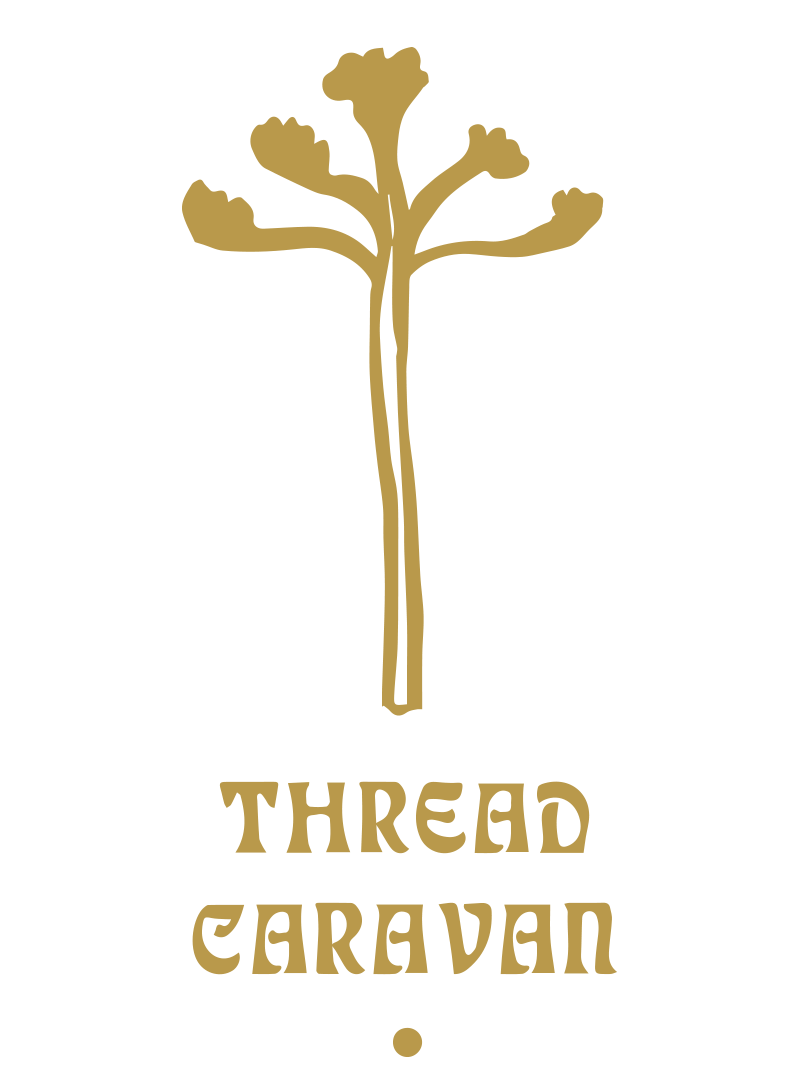Punk Rock Pochote
This introduction to the silky Pochote tree fiber and its uses was written by our dear friend and creative collaborator, designer and artist Christina Hattler of Mexchic.
Thank you Christina for sharing your creative investigation with us!
The first time I saw a pochote tree was on a visit to the Ethnobotanical Gardens in Oaxaca City in 2002. I was on a two week vacation escaping the oppressive August heat of New York City, my life as an underpaid and overworked assistant at a magazine, a guy, and post September 11th existential gloom. This first visit to Mexico changed my life’s trajectory forever, and it's now a place I have called home since 2006.
These days I spend a lot of time thinking about and working with the gifts of the Pochote tree, particularly its fiber and natural dye colors for my textile art practice. Sustainability and innovation are a constant in my work. In 2018, in search of locally available but undervalued and endemic fibers, I became curious about the Pochote tree’s silky fiber pods .
This towering gothic beauty also known as the Ceiba or Kapok, is characterized by an oblong waxy puce green trunk with a spike-filled punk-rock surface, a kind of rounded medieval torture device, with far-reaching elongated branches and smooth large dark leaves. It’s an endemic species to Mexico, along with many other parts of the world, and is particularly sacred within the Mayan culture, where souls of the deceased ascend to the heavens because the tree is at once connected to the underworld, heaven and earth. It is historically thought of as a medicinal plant, whose leaves, bark and resin contain cures for illnesses as varied as bronchial congestion, hemorrhages, diarrhea, migraines and can additionally be used to enact an abortion or assist the extraction of the placenta after giving birth.
The trees produce fiber once a year, beginning with a large fuschia flower and then slowly grows its hard-shelled pods, filled with a bone-colored silky fiber accompanied by dozens of round black seeds. The humid pods, once fully ripened, will quickly begin to dry and without warning, instantaneously burst open. If you’re near a pochote tree on a quiet day you can actually hear them pop(!), unleashing a flurry of lighter-than-air fiber into the universe.
Pochote fiber has a famously short tencel length making it difficult to hand spin. This is not to say it is impossible, only that the most talented and nimble fingered spinners can produce a yarn which is strong enough to work with. When spun, it is more commonly mixed with another fiber such as cotton, which adds to its strength as a yarn but still allows for the glossy silkiness to shine through. When I hand spin it, I use a Tahkli spindle and hand card it in a blended ratio of 70% Pochote and 30% native Oaxacan cotton which also has a tawny earthy gold color and combines beautifully. It is a fiber rarely, if ever, worked with as a yarn in Mexico and is more traditionally used as a hypoallergenic stuffing for pillows and mattresses as it is known to be resistant to mold and bacterial growth, though unfortunately its use has diminished greatly due to the mass availability of cheap synthetic fillers.
After hand cleaning literally tons of fiber I was left with a four foot tall mountain of hard outer shell pods. Initially I thought of giving them to an artist friend who makes pre-hispanic musical instruments, as the shells when hit together make a high pitched hollow sound. But upon seeing the pods, a fiber nerd friend suggested I attempt to see if the pods gave any color, as husks and pods are traditionally generous givers of natural dye. The pods did not disappoint, I discovered them to offer up tannin-rich jewel-like tones of dusty rose, lilac, mauve, deep purple, shades of grays and black. The pochote fiber also uptakes dye well and it is one of the few (or only?) fibers which can also be dyed with itself, I call it Meta Pochote. ;) Another potential use for the fiber is with felting. I have not personally tried, but did give some to friends who are felters and they said it worked beautifully.
Experimenting with harvesting, extraction, processing and dying methods over the last six years has led me to realize that production of pochote fiber is highly scalable on a cottage industry level as an extremely sustainable option for locally procured fiber without the use of machinery or electricity. The impact of a resource extraction on a community and its ecological systems should always be a key consideration when searching for sustainable alternatives for fibers and natural dye materials. Pochote trees thrive without fertilizers or pesticides. Their rapid growth benefits ecosystems across various Mexican landscapes. Harvesting commences within 5-6 years and they can age to more than 100 years, yielding annual harvests which can empower rural communities by bringing in additional economic opportunities. The pochote fiber I work with is sourced from old growth trees harvested by mezcal producers in rural Oaxaca, where deforestation from mezcal production is rampant. Locally promoting its use as a sustainable option for fiber and fill to the international artisan and artist community could have positive effects on Oaxaca’s rural landscape, which is being negatively transformed to plant agaves which require direct sun.











